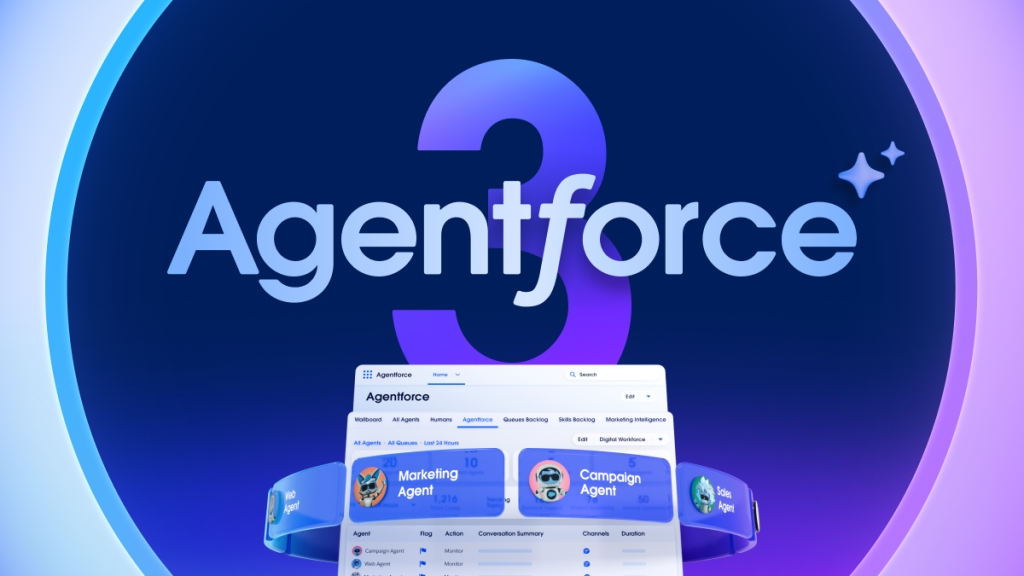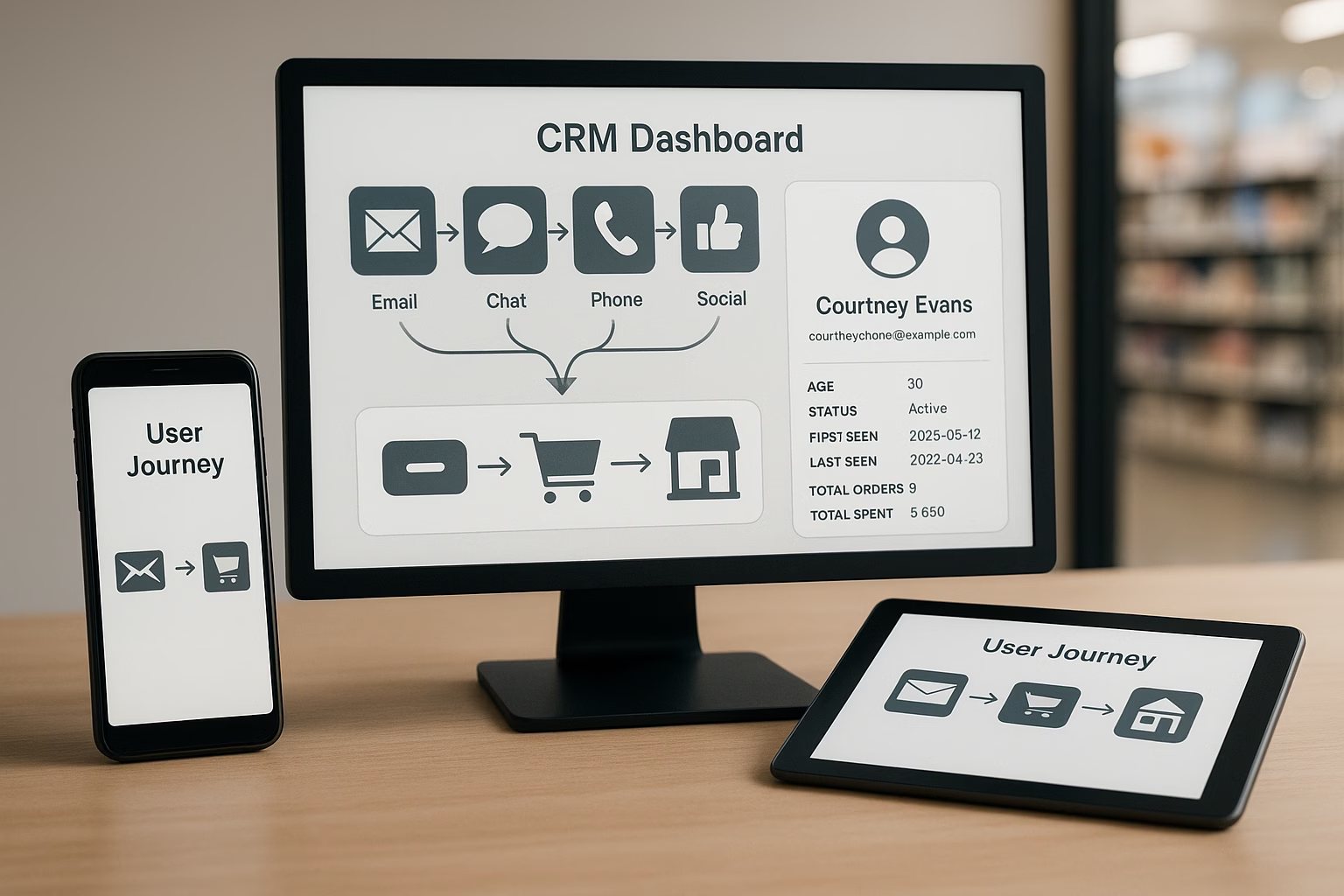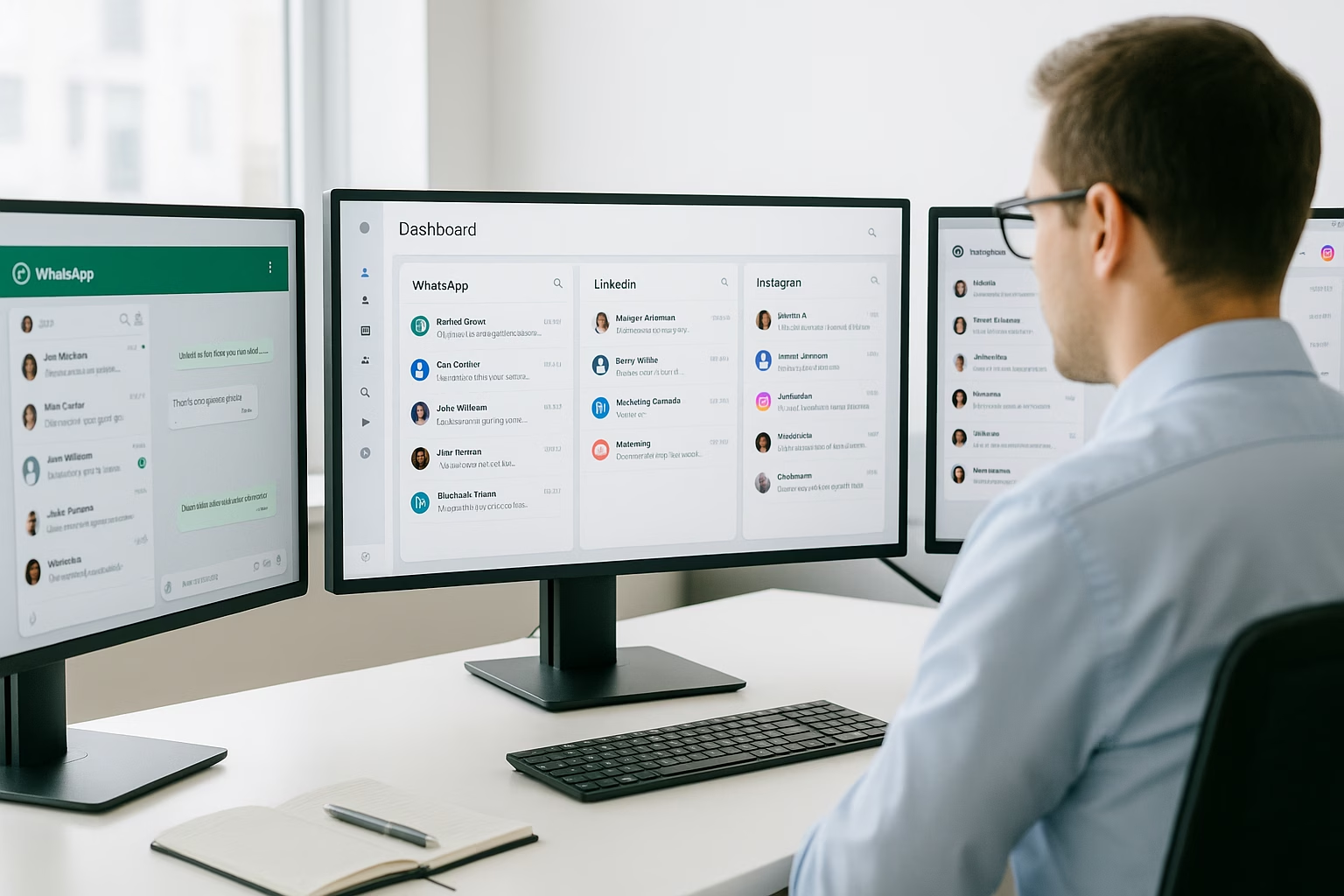Did you know up to 25% of your audience might be struggling to access your digital content? Whether it’s reading an email, navigating your website, or using an app, accessibility barriers can prevent millions from engaging with your brand. Overlooking accessibility means missing out on a significant portion of your audience, affecting engagement, reputation, and revenue. Making digital content accessible ensures that all users can interact with your brand without unnecessary obstacles. Here’s the why and the how.
Why accessibility matters
Globally, 1.3 billion people live with a disability, representing a consumer base with an estimated $6 trillion in purchasing power. Digital accessibility ensures that your organisation can engage with this audience, making your content usable for more people while strengthening customer relationships. A more accessible experience benefits everyone. Clearer navigation, optimised design, and structured content improve usability, making digital interactions more intuitive. Search engines also favour accessible content, which means prioritising accessibility can improve SEO rankings, increase organic traffic, and enhance visibility. Brands that focus on accessibility see measurable improvements in engagement, bounce rates, and customer retention.
Investing in accessibility is as much about compliance as it is about business growth. Accessible digital content improves engagement and expands your customer base. Studies show that 69% of consumers are more likely to choose a brand that demonstrates inclusive practices, and accessible websites see a 12% increase in traffic on average. When accessibility is a priority, conversion rates improve. E-commerce platforms with accessible checkout processes reduce cart abandonment, and businesses that prioritise usability benefit from higher customer satisfaction and loyalty. Ensuring accessibility across your emails and digital content helps retain users who might otherwise struggle to engage with your brand.
Addressing legal & compliance risks
Laws like the European Accessibility Act (EAA) and the Americans with Disabilities Act (ADA) require businesses to ensure digital content is accessible. In 2019 alone, over 11,000 ADA-related lawsuits were filed against companies with inaccessible websites. Organisations that don’t meet accessibility standards face financial penalties, legal action, and reputational damage. Beyond legal requirements, taking proactive steps toward accessibility reduces future costs. Retrofitting inaccessible websites or applications is far more expensive than building accessibility into your digital presence from the outset.
Starting this year, the EAA will require businesses offering digital products and services in the EU (including websites, emails, and mobile apps) to meet accessibility standards. This regulation isn’t limited to public sector organisations; it applies to private businesses as well, making compliance a critical factor for any company operating in Europe. To align with the EAA, your organisation should follow the Web Content Accessibility Guidelines (WCAG), which ensure digital content is:
- Perceivable: Users must be able to interpret information in multiple ways, whether through text, visuals, or assistive technologies.
- Operable: Navigation and interactions should be functional for all users, including those who rely on keyboards or voice commands.
- Understandable: Content should be clear, logically structured, and easy to navigate.
- Robust: Digital platforms should be compatible with a wide range of devices and assistive tools, ensuring long-term usability.
Making these improvements today ensures compliance and mitigates legal risks down the road. Also, delaying accessibility improvements can lead to costly retrofitting. The longer accessibility barriers persist, the more complex and expensive they become to resolve. The good news is that improving accessibility doesn’t require a complete redesign. Even small adjustments can make a noticeable impact, as we will see in the next section.
How to improve digital accessibility
Making your digital content accessible creates a better experience for all users, expands your reach, and demonstrates a commitment to inclusivity. Whether you’re refining an existing platform or building something new, taking these steps will help ensure accessibility is a core part of your digital strategy. Here are some practical ways to enhance accessibility across your digital content:
Design & Readability
- Use fonts like Arial, Verdana, or Tahoma to improve legibility.
- Maintain a minimum colour contrast ratio of 4.5:1 for text to ensure readability.
- Avoid using colour alone to convey meaning; incorporate labels or symbols.
Navigation & User Experience
- Structure content with clear headings (H1, H2, etc.) to improve screen reader compatibility.
- Ensure that all interactive elements (buttons, links, forms) are accessible via keyboard navigation.
- Avoid autoplay videos, flashing content, and timed interactions that may create barriers.
Forms & Input Fields
- Use clear labels and error messages to guide users through forms.
- Provide helpful instructions and ensure forms work properly with assistive technologies.
- Enable voice input where possible to accommodate different user needs.
Testing & Continuous Improvement
- Use screen readers like JAWS and NVDA to test content accessibility.
- Check colour contrast using tools such as WebAIM’s Contrast Checker.
- Conduct usability testing with individuals who rely on assistive technologies.
By making accessibility a priority, your organisation can create a more inclusive digital experience, meet compliance requirements, and unlock new opportunities for engagement. These enhancements not only reduce risk but also contribute to a stronger brand reputation and a more user-friendly digital presence. The best time to start is now. small improvements today will lead to lasting benefits for your business and your audience.
Future trends in digital accessibility
AI and automation are shaping accessibility in new ways. Real-time captions, AI-generated alt text, and voice-enabled navigation are becoming more advanced, helping users with hearing and visual impairments engage more effectively with digital content. AI-powered screen readers are also improving, using natural language processing to enhance comprehension and provide smoother navigation for complex applications.
Regulations are evolving, with the U.S. Department of Justice introduced new rules in 2024 to ensure accessibility in web content and mobile apps for public institutions. These regulatory shifts indicate a broader push toward universal accessibility requirements, making compliance a growing priority for businesses in every sector.
Inclusive procurement is another emerging trend. More organisations now require vendors and partners to meet accessibility standards, integrating accessibility into supply chains and digital partnerships. This shift is pushing companies to design with accessibility in mind from the start rather than treating it as an afterthought.
Assistive technologies are advancing too. AI-powered applications can now interpret lip movements, convert them into text or audio, and describe images with greater context for users with visual impairments. Meanwhile, inclusive design principles are gaining traction, encouraging organisations to build accessibility into the design process rather than retrofitting later.
These trends make accessibility a priority for businesses that want to remain competitive and compliant. The sooner accessibility becomes part of a digital strategy, the easier it is to meet evolving standards, improve user experience, and avoid costly fixes down the line.
Accessibility as a strategic advantage
Prioritising accessibility enhances your brand’s credibility, improves user experience, and strengthens customer loyalty. Companies that commit to digital accessibility benefit from a larger audience, better engagement, and a stronger competitive position in the market. By setting up industry-leading platforms and processes, Sirocco can help organisations like yours implement accessibility best practices across emails, websites, and digital platforms. Whether you need guidance on compliance, usability improvements, or long-term strategy, our team can support you in creating an accessible and seamless experience for all users. Ready to improve your digital accessibility? Contact Sirocco today to get started.










